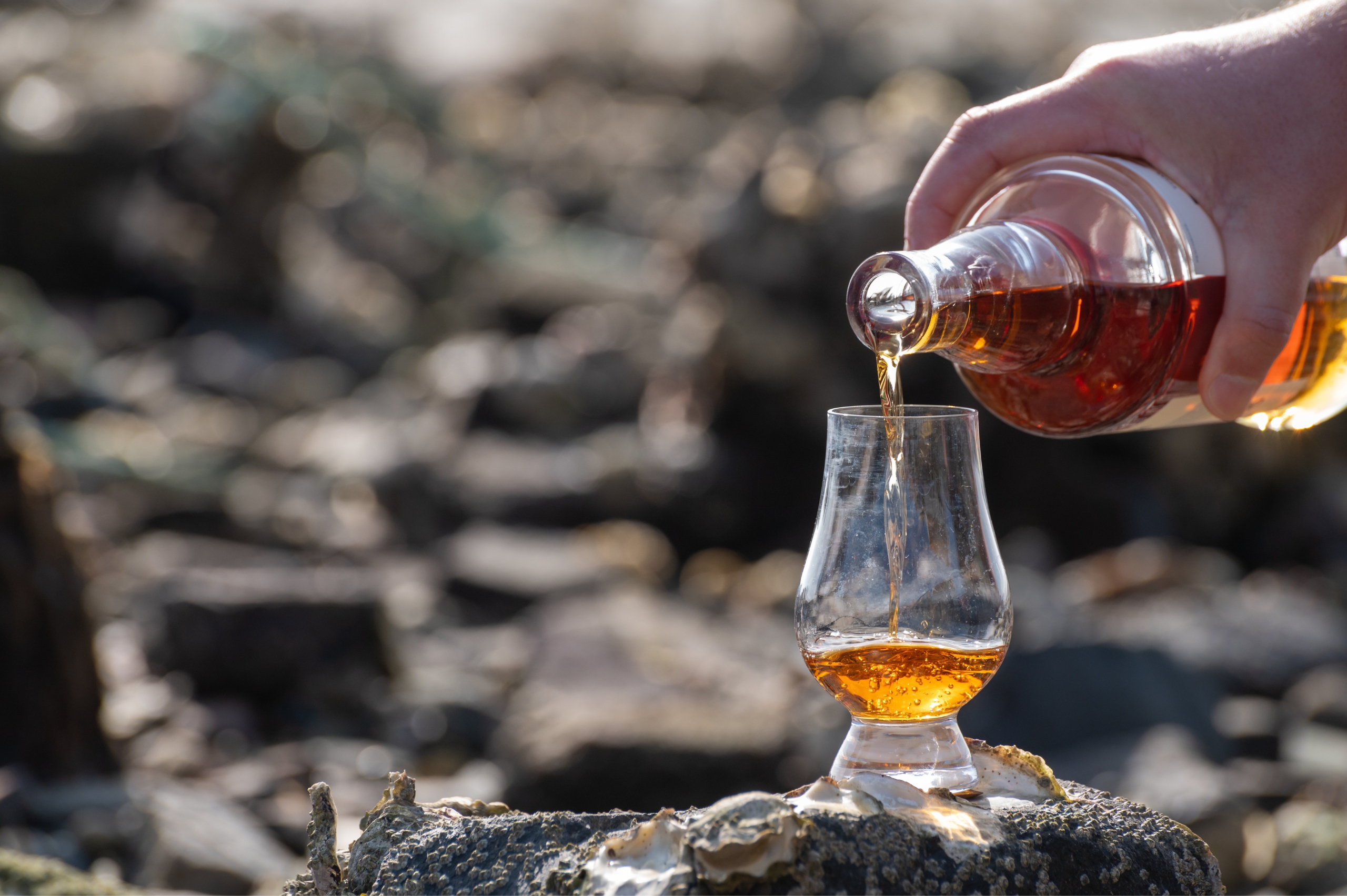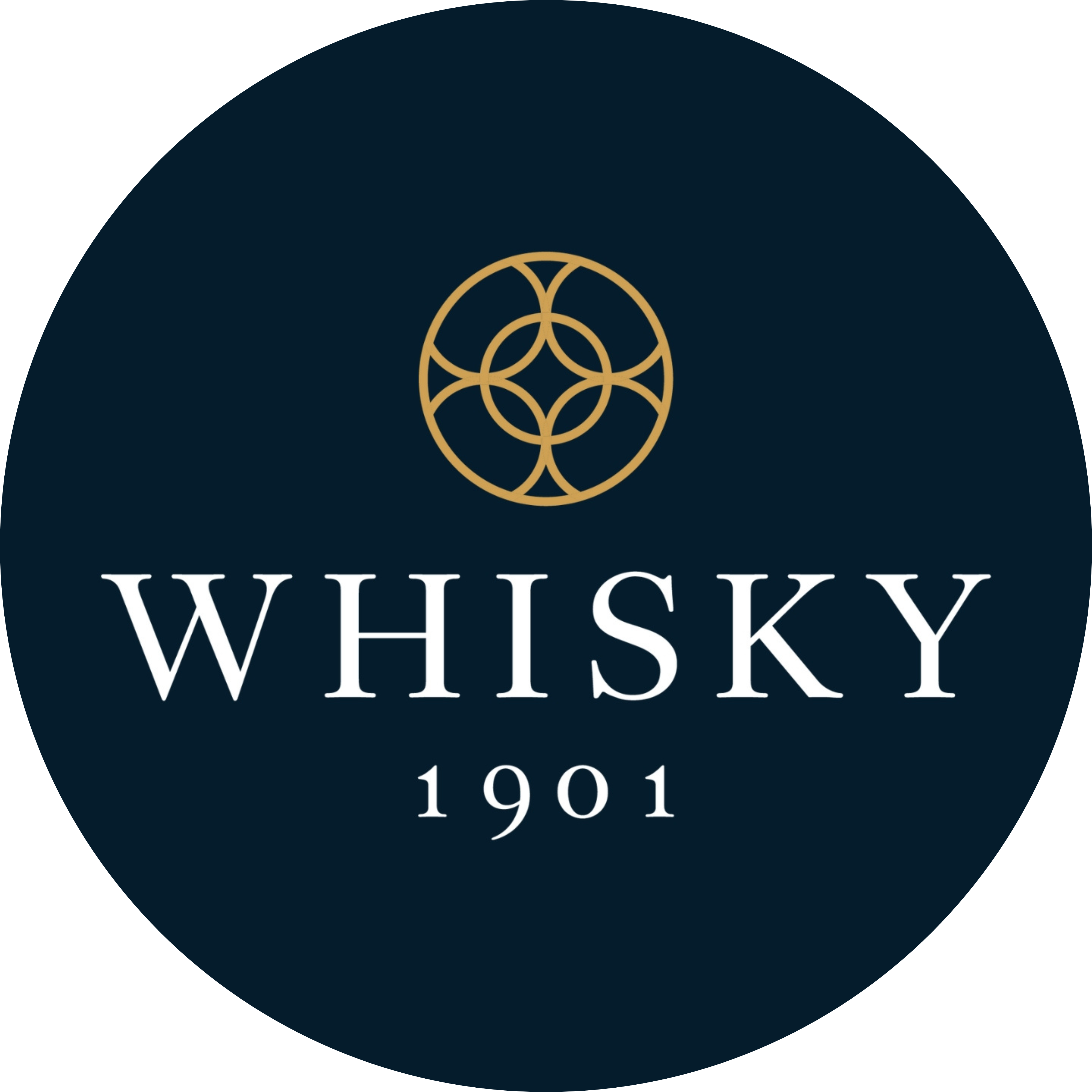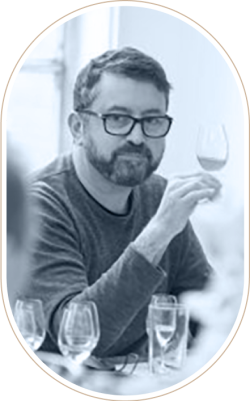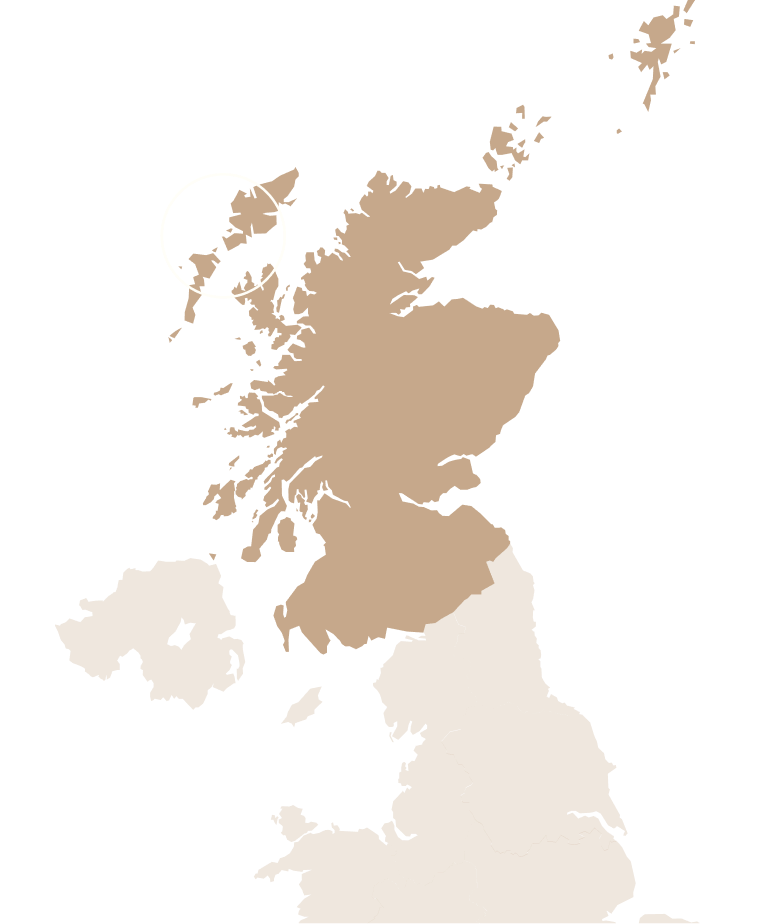A Guide to Scotch Whisky Regions - Islands


by Matt Chambers
at Whisky for Everyone
16.06.23
Scotland’s islands are scattered far and wide.
They are home to some of Scotland’s most iconic whisky distilleries. Although one of the most evocative Scotch whisky regions, the Islands are often, and somewhat lazily, categorised alongside the Highlands on the whisky landscape. However, the region has much to offer with its expressive single malts.
While Islay is the most well-known island for Scotch whisky, it is often separated from the other islands as we have here. Making whisky on an island is a difficult thing to do – all ingredients, casks and equipment must be transported and brought in by sea. Equally all whisky must leave in the same way. The islands are often remote and have rugged terrain to add to the difficulty.



